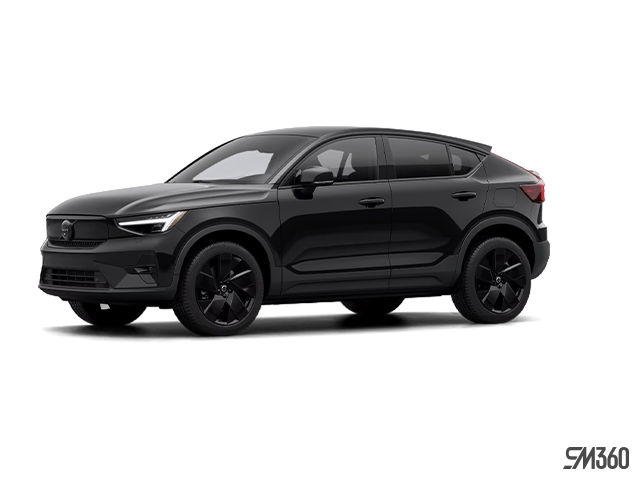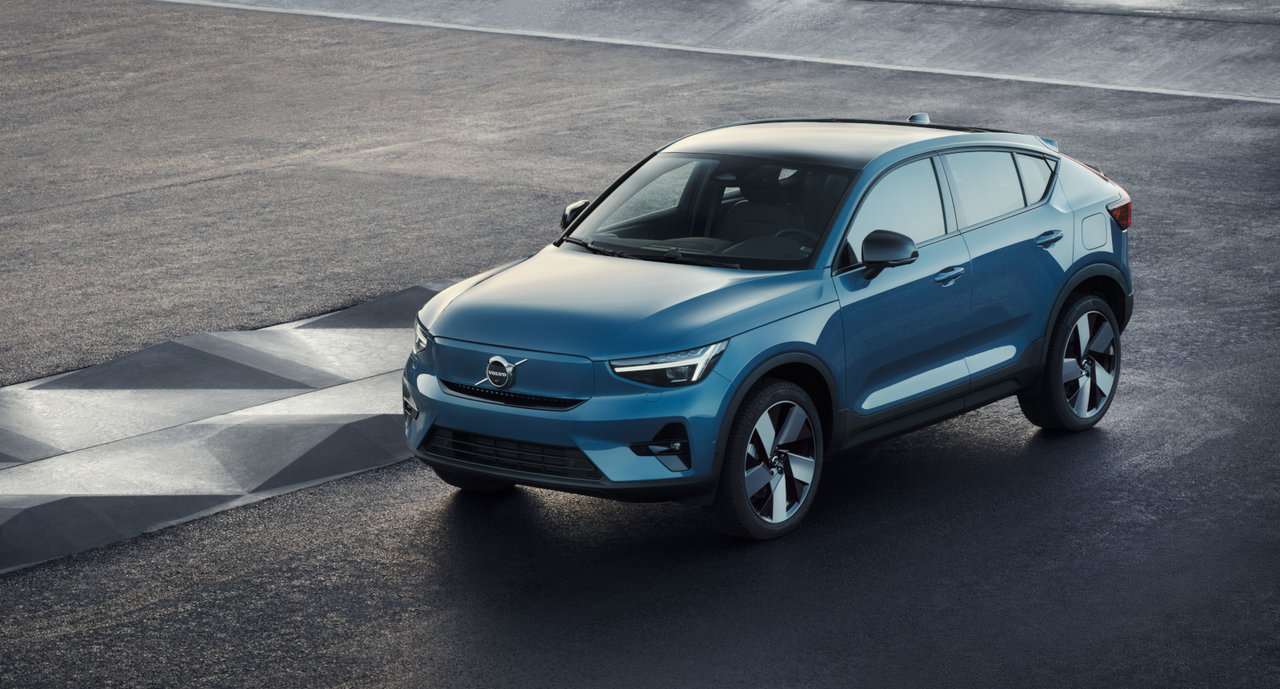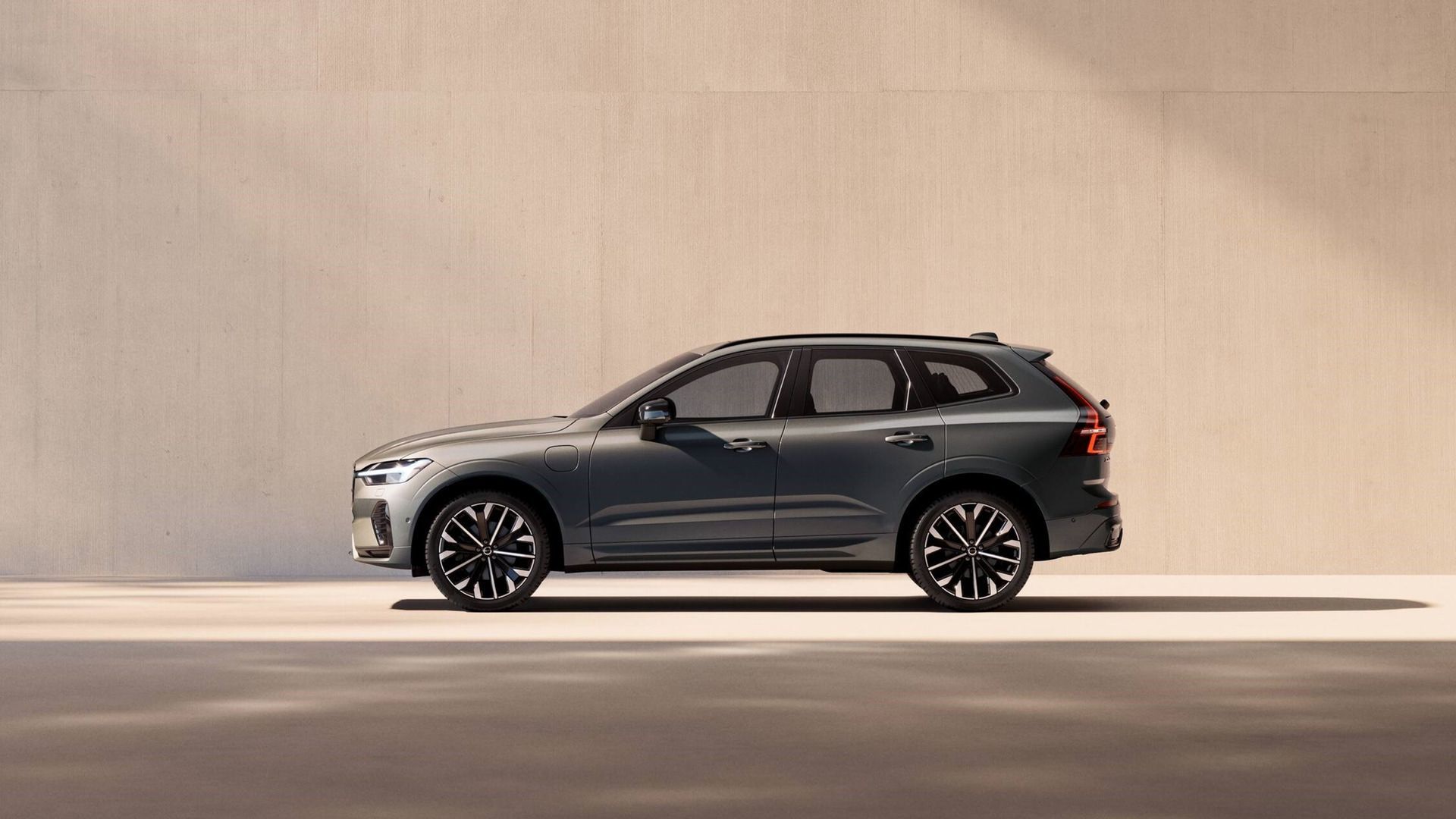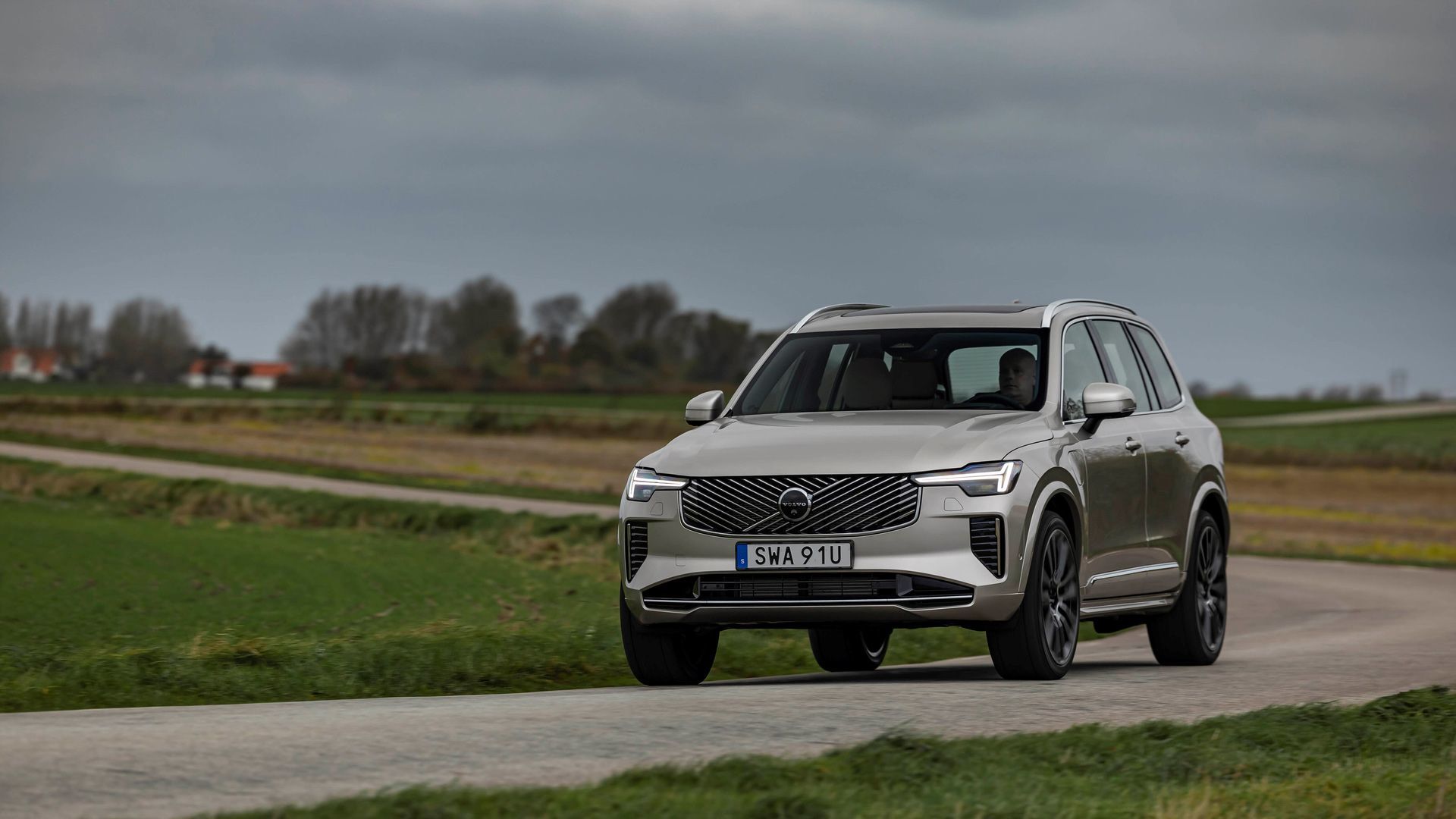
Photo for illustrative purposes only.
Find out moreVolvo Cars Oakville

Electric vehicle specifications can feel overwhelming with their technical measurements and unfamiliar acronyms. You see numbers like 82 kWh and 300 kW scattered throughout brochures, but what do these figures actually mean for your daily driving experience? Understanding the difference between kilowatt-hours (kWh) and kilowatts (kW) helps you make informed decisions about which Volvo electric vehicle best fits your lifestyle.
These two measurements tell fundamentally different stories about your vehicle's capabilities. One determines how far you can travel on a single charge, while the other influences how quickly you accelerate onto the highway. Grasping these concepts transforms confusing specification sheets into practical insights about your future driving experience.
Battery Capacity: What kWh Means for Your Driving Range
Kilowatt-hours measure the total energy your battery can store, similar to how litres measure fuel tank capacity in conventional vehicles. Your Volvo's kWh rating directly correlates to driving range and charging frequency. The compact EX30 packs 69 kWh of usable energy, providing up to 420 kilometres of range for urban commuting and weekend getaways.
The mid-size EC40 and EX40 crossovers share identical 82 kWh battery packs with 79 kWh of usable capacity. This translates to approximately 476-480 kilometres of range, accommodating longer road trips without range anxiety. These batteries strike an optimal balance between size, weight, and practical driving distance for most Canadian families.
The flagship EX90 three-row SUV houses a substantial 111 kWh battery with 107 kWh of usable energy. This powerhouse delivers up to 495 kilometres of range while moving seven passengers and their cargo. The larger battery capacity compensates for the vehicle's increased size and weight, maintaining Volvo's commitment to long-distance capability across their electric lineup.
Motor Power: How kW Affects Your Driving Experience
Kilowatts measure your electric motor's power output, determining acceleration performance and highway merging confidence. Think of kW as the electric equivalent of horsepower in conventional engines. Higher kW ratings translate to quicker acceleration and stronger passing power on busy highways.
The EX30 offers two power configurations: 200 kW (268 hp) in single-motor form and 315 kW (422 hp) with dual motors. The single-motor variant accelerates from 0-100 km/h in 5.3 seconds, while the dual-motor version achieves the same sprint in just 3.6 seconds. This flexibility allows you to prioritize either efficiency or performance based on your driving preferences.
The EC40 and EX40 models provide 185 kW (248 hp) in rear-wheel drive configuration or 300 kW (402 hp) with all-wheel drive. The AWD system combines a smaller front motor with a more powerful rear unit, delivering 494 lb-ft of instant torque for confident acceleration in any weather condition. The EX90 flagship produces 380 kW (510 hp) through its dual-motor setup, moving its substantial mass from 0-100 km/h in just 4.9 seconds.
Energy Efficiency: Making Every kWh Count
Energy consumption rates vary significantly based on driving conditions, weather, and vehicle configuration. Volvo engineers optimize each model's efficiency through aerodynamic design, regenerative braking systems, and intelligent power management. The EX30 achieves consumption figures as low as 16.5 kWh/100km in ideal conditions, making it one of the most efficient premium electric SUVs available.
The EC40 and EX40 crossovers consume between 2.0-2.8 kWh per 100 kilometres, depending on drivetrain configuration and driving conditions. City driving typically yields better efficiency due to regenerative braking recovery, while highway speeds increase consumption due to aerodynamic resistance. Understanding these patterns helps you plan charging stops and optimize your daily driving routine.
Cold Canadian winters can temporarily reduce battery efficiency by 15-20%, but Volvo's battery conditioning systems minimize this impact. Pre-conditioning your battery while connected to a charger ensures optimal performance and range during winter months. Your driving style also influences consumption rates—smooth acceleration and anticipating traffic flow maximize the energy stored in your battery pack.
Maximizing Your Electric Driving Investment
Understanding kWh and kW measurements empowers you to select the Volvo electric vehicle that best matches your driving patterns and performance expectations. Whether you prioritize the EX30's urban efficiency, the EC40's balanced capability, or the EX90's family-hauling power, each model delivers distinct advantages for different lifestyles.
Ready to experience how Volvo's electric technology translates into real-world driving satisfaction? Visit Volvo Cars Oakville to explore our complete electric lineup and discover which combination of range, power, and efficiency best serves your daily adventures.

Photo for illustrative purposes only.
Find out more
3 Reasons Why the 2026 Volvo XC60 Plug-in Hybrid Elevates Family Luxury in Oakville
As families in Oakville seek vehicles that blend Scandinavian design, advanced safety, and efficient performance, the 2026 Volvo XC60 Plug-in...
Read more
2026 Volvo XC60 in 4 Points: Compact SUV Power, Versatility Tailored for Active Lifestyles
The 2026 Volvo XC60 brings a comprehensive refresh to one of the brand's most successful models, combining advanced technology with refined...
Read more
How Volvo's ADAS Boosts Everyday Safety for Oakville Drivers
Picture your morning commute down Trafalgar Road or navigating the busy QEW interchange—traffic slowing unexpectedly, a cyclist appearing in your...
Read more